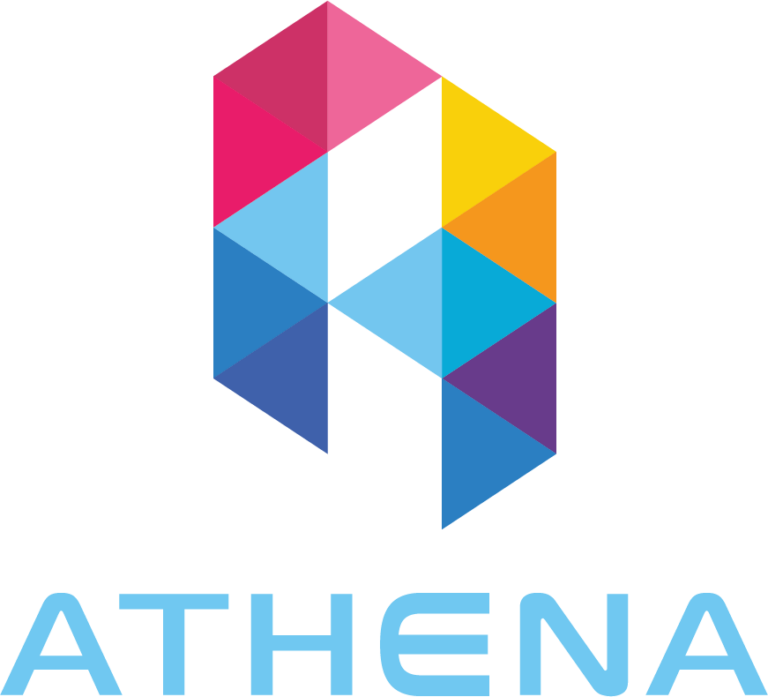Confidence in Trading: Building Trust with a Secure, Automated Client Management Portal
In the highly competitive trading industry, client confidence is a cornerstone of success. A secure and automated client management portal can significantly enhance trust by streamlining operations, ensuring data security, and improving user experience. This article explores the essential features of a client management portal, how automation builds client confidence, and why security is non-negotiable for trading platforms.
The Importance of a Client Management Portal
A client management portal is the digital hub where traders interact with your brokerage. It handles critical functions like account creation, fund management, trading activity, and communication. A well-designed portal enhances trust by offering transparency, efficiency, and robust security.
Features of a Secure, Automated Client Management Portal
1. Streamlined Onboarding
A seamless onboarding process sets the tone for a trader’s experience.
Key Features:
- Automated KYC/AML Verification: Quickly validate client identities to meet compliance standards.
- Intuitive Registration: Simplify account creation with user-friendly forms.
- Guided Tutorials: Offer step-by-step guidance for new users to navigate the portal.
Impact: Fast, hassle-free onboarding builds immediate trust and engagement.
2. Secure Fund Management
Clients need confidence that their deposits and withdrawals are safe.
Essential Features:
- Multi-Layer Authentication: Use two-factor authentication (2FA) or biometric verification to secure accounts.
- Encrypted Transactions: Ensure all fund transfers are encrypted with SSL/TLS protocols.
- Real-Time Notifications: Send alerts for deposits, withdrawals, or any account activity.
Example: A portal that provides instant confirmation of transactions instills trust and reduces anxiety over fund safety.
3. Personalized Dashboards
Customizable dashboards improve user experience by displaying relevant information at a glance.
Key Metrics to Include:
- Account balance and equity.
- Active trades and pending orders.
- Performance analytics, such as profit/loss and ROI trends.
Benefit: A personalized dashboard empowers clients to make informed decisions confidently.
4. Integrated Communication Tools
Clear and timely communication is vital for maintaining trust.
Features:
- Live Chat Support: Resolve queries in real-time with 24/7 assistance.
- Automated Email Updates: Notify clients about account activity, market trends, or upcoming events.
- Knowledge Base: Provide self-service resources like FAQs, tutorials, and trading guides.
Impact: Accessible support reassures clients that help is always available.
5. Advanced Security Measures
Security is the foundation of trust in any trading platform.
Best Practices:
- End-to-End Encryption: Protect sensitive data from unauthorized access.
- Zero Trust Architecture: Continuously verify user identities and device access.
- Regular Penetration Testing: Identify and fix vulnerabilities before they are exploited.
Compliance: Adhering to global regulations like GDPR or PCI DSS enhances credibility.
6. Automation for Efficiency
Automation reduces manual errors and speeds up processes, enhancing client satisfaction.
Examples of Automation:
- Withdrawal Approvals: Automate fund withdrawal requests while maintaining compliance checks.
- Trading Reports: Generate real-time performance reports for clients automatically.
- Lead Management: Segment and engage clients with targeted marketing campaigns.
Outcome: Faster, error-free operations improve trust and retention.
How a Secure Portal Builds Client Confidence
1. Transparency
A well-designed portal offers real-time updates on account activity, creating a sense of transparency.
Example: Clients can view their trading history, pending orders, and account balances without delays or errors.
2. Reliability
Automation ensures consistent and timely responses, reducing the frustration of delayed approvals or errors.
Example: Immediate confirmations for transactions or trades reassure clients about platform reliability.
3. Data Protection
Strong security measures demonstrate a commitment to protecting client information and funds.
Example: A portal with advanced encryption and secure APIs safeguards against breaches.
Case Study: A Client-Centric Portal in Action
Scenario: A mid-sized Forex brokerage faced declining client retention due to slow processes and security concerns.
Solution: The brokerage implemented a secure, automated client management portal with the following features:
- Automated KYC and fund management.
- Custom dashboards for personalized insights.
- 24/7 live chat for instant support.
Results:
- Client Retention: Improved by 35% within six months.
- Operational Efficiency: Reduced onboarding time by 50%.
- Client Satisfaction: Surveys showed a 40% increase in user confidence.
Future Trends in Client Management Portals
1. AI-Powered Insights
AI will enhance personalization by analyzing client behavior and offering tailored recommendations or alerts.
2. Blockchain Integration
Blockchain will add a layer of transparency, providing immutable records of transactions and activity logs.
3. Voice and Chat Assistants
AI-driven assistants will handle common queries, improving response times and user experience.
4. Mobile-First Design
As mobile trading grows, portals will prioritize responsive designs for seamless access on smartphones and tablets.


